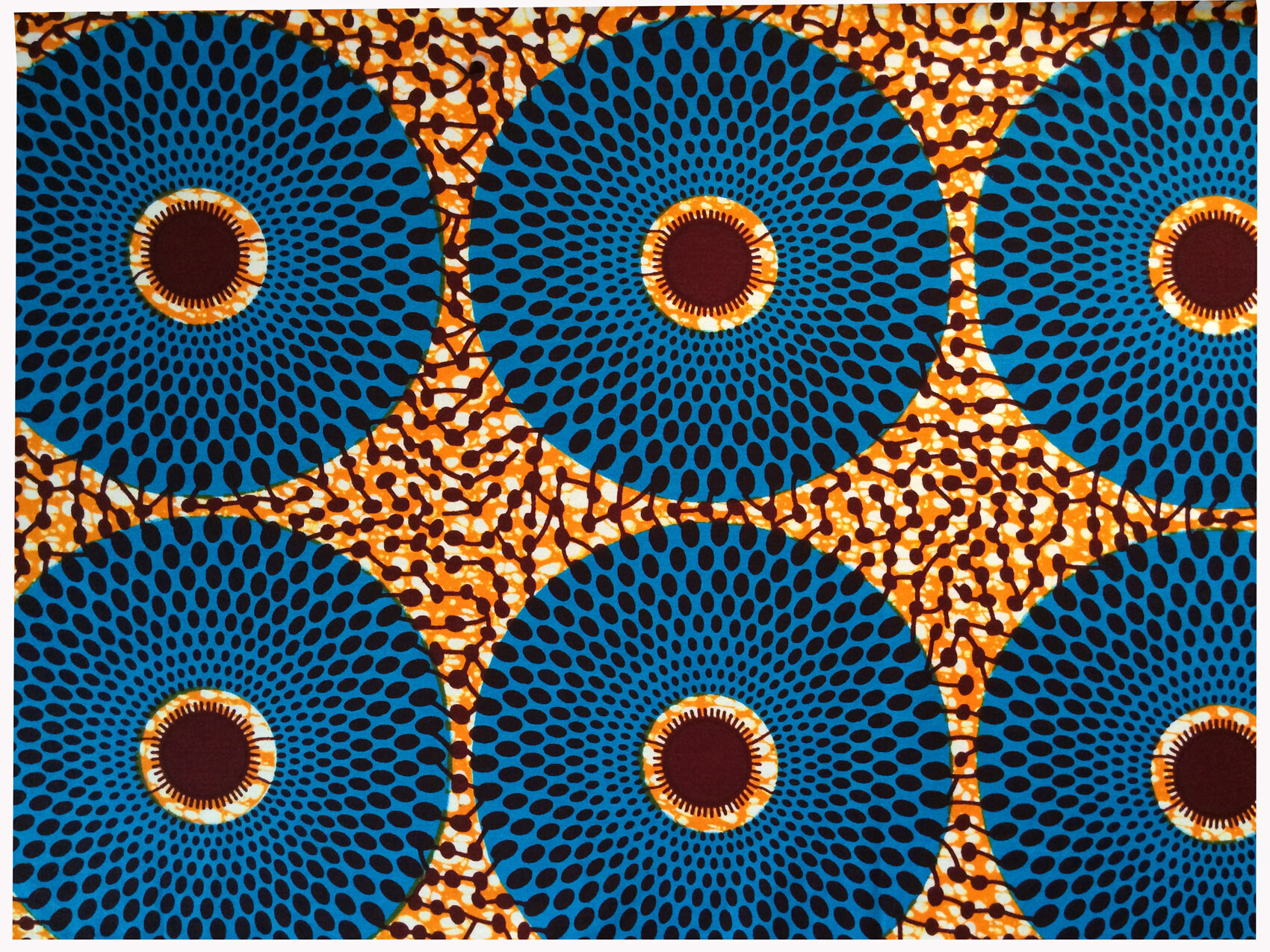The Bantu Communities
Go Conscious Earth works within the homelands of the second largest Bantu ethnic group in the DRC. In the Forestry Concessions we support, the Bantu are represented by a diversity of sub-ethnic local communities: the Bamwe, Ibinza, Ngombe, Lokele, Ntomba, and others.
A Diverse People
Approximately 3,000 years ago, West African, iron-working Bantu pastoralists began migrating east/southeast across the African continent. One sub-ethnic group, the Mongo, probably made it to the DRC’s portion of the Congo River Basin around 2,000 years ago.
The first arrivals would have settled along the Congo River, it’s rainy tributaries and lakes, to become fishermen, while others would move or expand inland to begin hunting and farming. These settlers would have encountered the forest-dwelling aboriginal Batwa people (sometimes still referred to as “Pygmies"), to form an economic exchange, trading Bantu agricultural produce for the Batwa’s wild caught, forest hunted and gathered foods.
Culinary traditions for Bantu sub-ethnicities in the Congo Basin include wild plants, mushrooms, seasonal beans, and edible-insect larvae, as well as cultivated bananas, yams, and cassava.
Though a diverse people, the Bantu south of the Congo River’s main bend, and north of Kinshasa, all share a common cultural understanding, including an origin story where sub-ethnic groups descend from a single ancestor. They also share a regional language with varying dialects: Mongo-Nkundo, and Lingala.
This region’s Bantu societies are patrilineal, based on a joint family household of between twenty and forty individuals, all also understood to be derived from a single common ancestor. A cluster of joint family bands forms a whole village, with a village chief, or Nsomi na Mboka (Ntomba) presiding. Go Conscious Earth’s founder was born on the shores of Lac Ntomba (Lake Tumba), into the Ntomba community, meaning People of the Lake.
Tragically, in the 18th and 19th centuries, the Arabs partially invaded this territory in search of slaves. And later, in the late1800’s, the infamous King Leopold of Belgium arrived to begin his inhuman colonial rule - with its violence, its imported diseases, and religion. The people suffered horrifically. Leopold destroyed the local environment and economy as lands and forests were slashed and burned for conversion into cocoa, coffee, and rubber plantations - where the people were forced and tortured into labor. Trapping and trophy-hunting wildlife for sale and display in zoos also took a heavy toll on the ecology of the people’s homelands.
The region’s Bantu spiritual traditions have largely included relationship with nature spirits, ancestor reverence, and ceremonial fertility rites. The art and carvings, music, dance, and song of the people are rich and beautiful. And like all ancient cultures, their oral tradition (mythtelling) has preserved and transmitted cultural knowledge across time and generations (such as the creation story of the Ntomba: IYANZANGUBA, the Turtle Mother, as mentioned here). Unfortunately, the ancient stories have begun to fall silent in the wake of both colonization and the influence of outsider mythologies such as the Christian texts. In his work of service to the cultural survival of his people, Godi Godar has begun the painstaking, emotional process of gathering and writing down what once emerged across many enchanting days of song: the Ntomba stories his grandmothers used to tell - before they are lost to the trauma and cultural poverty of forgetting.






